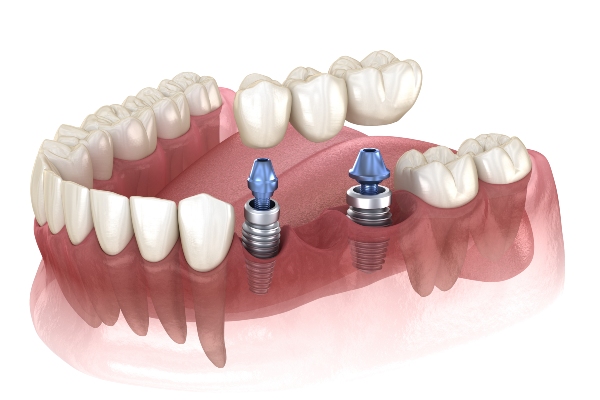 If the dentist has discovered decay on the tooth, there are general dentistry treatments to repair it and prevent new ones from growing. A cavity or tooth decay is a hole in the tooth that develops over time. Cavities begin slowly and become more prominent if they are not addressed. Since you may not feel any pain when a cavity is just developing, it might be difficult to notice if there is an issue.
If the dentist has discovered decay on the tooth, there are general dentistry treatments to repair it and prevent new ones from growing. A cavity or tooth decay is a hole in the tooth that develops over time. Cavities begin slowly and become more prominent if they are not addressed. Since you may not feel any pain when a cavity is just developing, it might be difficult to notice if there is an issue.
General dentistry treatments for cavities
Cavities and dental decay are among the most frequent health issues worldwide. Cavities can affect anybody with teeth, including newborns, even with proper dental hygiene. Regular dental exams help detect cavities and other oral problems before they develop bothersome symptoms or worsen into more serious issues. The sooner that patients seek treatment, the greater the chances of reversing and avoiding dental decay in its early stages. If the dentist fixes a cavity before it becomes painful, patients will not need any complicated or invasive therapy.
General dentistry treatment for cavities is determined by the severity of the cavity and the patient’s specific circumstances. There are several treatment options available, including the following:
Fluoride treatment
Suppose that a cavity has only recently developed on the tooth. In that case, a fluoride treatment may be able to help restore and fortify the enamel. Fluoride levels in professional fluoride treatments are higher than those found in tap water, toothpaste, and mouth rinses. Fluoride treatments can be applied to the teeth as a liquid, gel, foam, or varnish, or they can be administered via a tiny tray that fits over the teeth.
Dental fillings
When decay has proceeded beyond the initial stages, getting dental fillings is the primary treatment option. Filling materials come in various forms, including tooth-colored composite resins, porcelain, or a mixture of dental amalgam elements. Composite resin is more commonly used because it is malleable and customizable to match the tooth’s color.
Dental crowns
A crown is a custom-fitted covering that replaces the tooth's complete natural crown. It may be required in cases of significant decay or weaker teeth. The dentist will remove all the decayed parts and enough of the remaining tooth to guarantee a proper fit. Gold, high-strength porcelain, resin, porcelain bonded to metal, and other materials can be used to make crowns.
Root canals
Patients may require a root canal if decay has reached the inner layer of the tooth: the pulp chamber. Instead of extracting a damaged or diseased tooth, this procedure can repair and save it. The infected pulp of the tooth is removed. To remove any infection, medication is occasionally injected into the root canal. Filling material is used to fill the pulp chamber.
Final note
In a case where the tooth is badly decayed and beyond restoration, the dentist may recommend extraction. However, this is only after exhausting other general dentistry treatment options. If you have cavities, book an appointment immediately for treatment.
Request an appointment or call Summit Family & Cosmetic Dentistry at 908-516-3833 for an appointment in our Summit office.
Related Posts
When patients visit the general dentistry office, the goal is to keep their oral health excellent. The appointment may be nothing more than a professional dental cleaning and getting instructions on proper oral health so long as there are no oral issues. If dental problems are to be addressed, the dentist will recommend the appropriate…
Like a doctor’s office visit, general dentistry is not something you want to neglect or dismiss. Your oral health is as important as any other aspect of your well-being. As you go to the dentist’s office, you can find out about any troubling issues affecting your teeth and gums. In between dental appointments, you are…
In general dentistry, dental sealants can help ensure good dental health in children. The protective layer can also extend up to adulthood. This gives patients the opportunity to enjoy strong teeth without worrying about dental damage. If you want to know how general dentistry makes use of dental sealants, here are the details.Chewing and biting…


